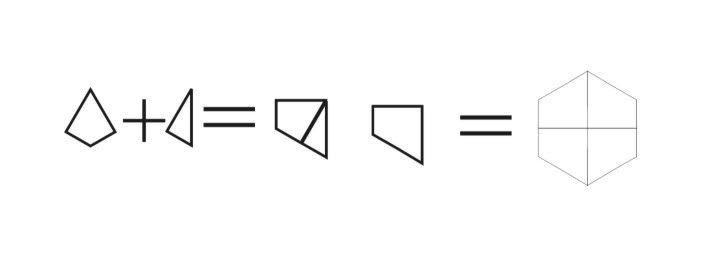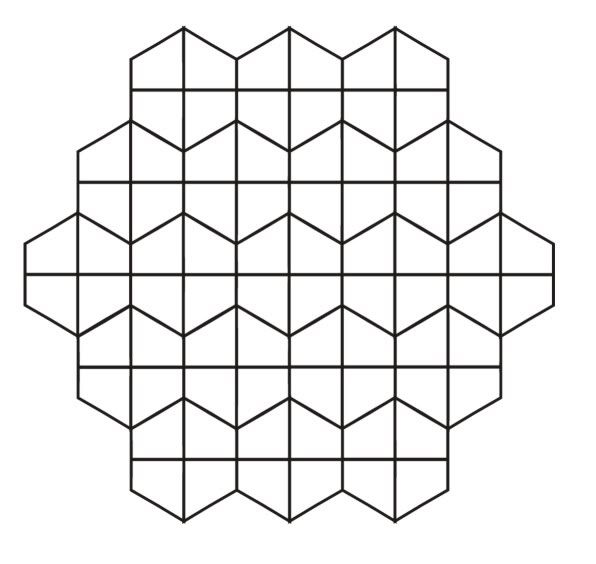Would love to use more HEX in my concepts, but I always end up banging my head against a wall when it comes to something as simple as wanting to define/wall off a quadrilateral buiding on a map.
If you draw a wall (straight bold line) across the HEX map you are left with those annoying little half HEX things every other space... I mean can I move onto those dreaded things or not... if I can, then why not just do the whole board/map in all half HEX thingys! (What!?). My miniatures often want to occupy those half HEX things with the big wall going through the center of them... but it just doesnt seem right. Some of them even taunt me by just barely putting their tippy toe on the half HEX, but then they pull them back into the glorious full sized HEX really quick, as it should be.
On top of this hexmare, where does it make sense to slap a sweet little door icon down... oh what to do.
I'm straight up OG (Old Grid) and very new to the world of HEX, so I hope I am overthinking this and missing something.
Does any one have a slick way of dealing with this issue?








Hmmmm... in a word... "Yuck!"
But don't runaway, your addition is welcomed, I am just curious is this the answer, is this what hex based games do if they want a building?
If its the case I will accept that, and go right back to Grids, no worries.
*wink*